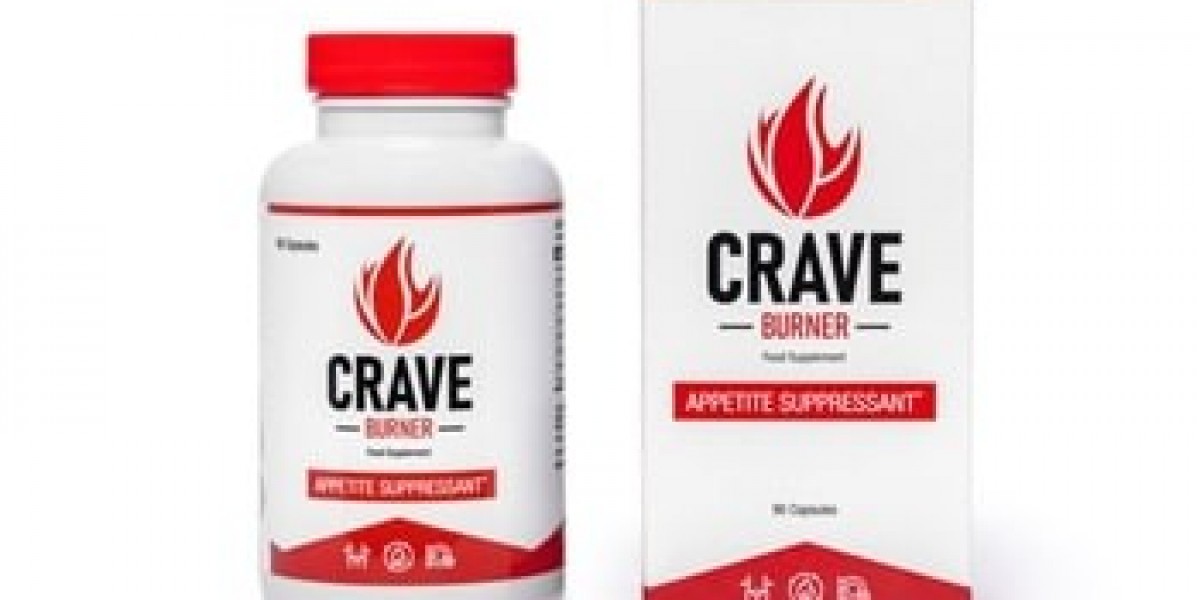Meeting Growing Demand for Soy Derivatives Across Diverse Sectors
As food systems evolve, the demand for ingredients that deliver both performance and natural credentials is accelerating. Soy Derivatives are well-positioned to address this shift, offering multi-functional utility within plant-based, functional nutrition, snack, beverage, and bakery sectors.
A highly processed, yet incredibly versatile, soy derivative is Textured Vegetable Protein (TVP), also known as soy chunks or soy nuggets. Made from defatted soy flour, TVP is extruded under heat and pressure to create a fibrous, meat-like structure. Its ability to absorb flavors and provide a satisfying, chewy texture has made it the leading choice for meat substitutes, extenders in processed meat products, and a popular, economical protein source in vegetarian and vegan cuisines worldwide.
Soy Lecithin is another critical, non-protein derivative extracted from crude soybean oil. Functionally, lecithin is a powerful emulsifier, meaning it helps blend ingredients—like oil and water—that would otherwise separate. This property makes it essential in the food industry for applications such as stabilizing chocolate, improving the texture of baked goods, and preventing fat separation in margarine. Beyond food, it is used in pharmaceuticals, cosmetics, and industrial applications like paints and coatings.
Exploring Soy Derivatives Demand highlights several underlying drivers. Consumer interest in high-protein, plant-based, clean-label foods supports ingredient adoption. Simultaneously, manufacturers are re-formulating to remove synthetic stabilisers and texturisers, turning toward plant-derived alternatives such as soy derivatives.
The global rise in alternative-protein ecosystems further amplifies demand. Meat alternatives, dairy substitutes, high-protein snacks and fortified beverages all utilise soy derivatives for structural and nutritional support. Their flexibility allows multiple format integration without major formulation overhaul.
Availability of portioned ingredient formats, support systems for clean label claims, and processing adaptability bolster the demand side. Ingredient developers are collaborating more closely with food manufacturers to tailor soy derivatives to specific functional goals, thereby enhancing uptake.
FAQs
Q1: What sectors are driving demand for soy derivatives?
A1: Plant-based foods, high-protein snacks, functional beverages, bakery applications and dairy alternatives.
Q2: How do soy derivatives support clean-label trends?
A2: They provide plant-based functional solutions with minimal processing and recognizable origin, aligning with consumer preference for natural ingredients.






